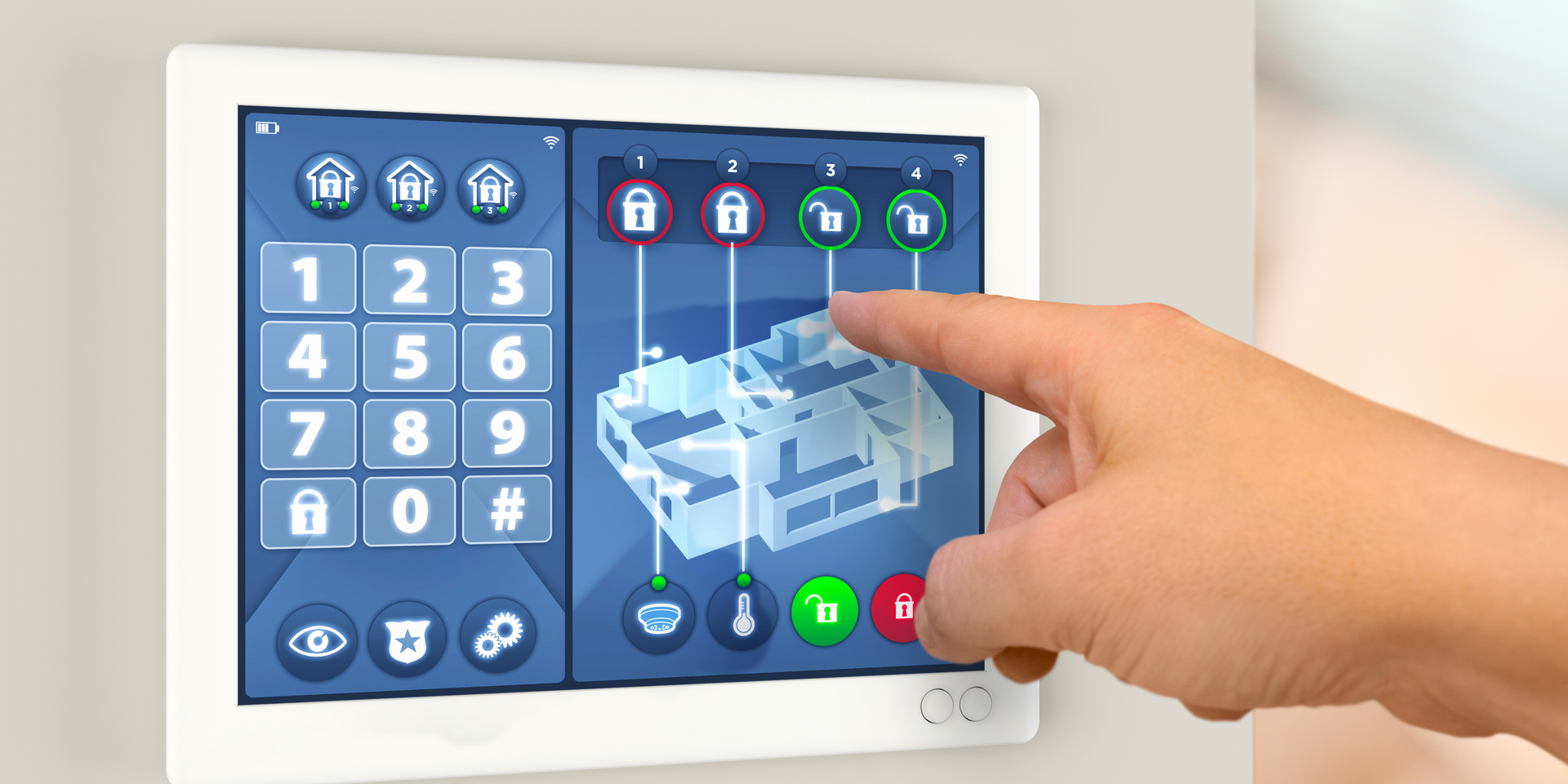Which is Better HMI or SCADA?
HMI (Human-Machine Interface) and SCADA (Supervisory Control and Data Acquisition) are two components of industrial automation systems that can be used together. HMI refers to the user-oriented interface that allows human operators to interact with the control system, while HMI SCADA provides remote monitoring, control, and data acquisition capabilities.
HMI interfaces can include touch screens, displays, keyboards, and mice, and they are designed to present information in a clear and intuitive manner. They can be customized using GUI design software or web tools, enabling operators to access and control the interface from various devices and locations.
On the other hand, the difference between HMI and SCADA systems collect data from sensors, PLCs, and other devices and transmit it to a central server for processing and analysis. SCADA systems can be networked with other machines and systems, allowing for a more automated and interconnected workflow. They can also be integrated with business applications such as ERP and MES systems.
When deciding between HMI and SCADA, several factors should be considered. The complexity of the automation system, data acquisition and processing requirements, scalability and flexibility, user interface design and customization needs, remote monitoring and control capabilities, integration with business systems, and cost considerations should all be evaluated.
For simpler systems with a limited number of control points and basic monitoring and control needs, an HMI solution may be sufficient. However, for more complex systems with extensive data acquisition, remote access requirements, and integration with other systems, SCADA would be a better fit.
It's important to assess the scalability and flexibility requirements of the system, as well as the need for customization in the user interface design. If remote monitoring and control are critical, SCADA systems provide more comprehensive capabilities in this regard. Additionally, if seamless integration with business systems is necessary, SCADA systems offer robust connectivity options.
Cost and budget considerations should also be taken into account, as HMI solutions tend to be more cost-effective for smaller-scale systems, while SCADA systems can be more expensive due to their advanced capabilities.
Ultimately, the choice between HMI and SCADA depends on the specific requirements and objectives of the automation system. Evaluating factors such as system complexity, data acquisition needs, scalability, user interface design, remote access requirements, integration capabilities, and budget will help in making an informed decision that aligns with the specific automation requirements and business objectives. In addition to the factors mentioned earlier, there are several other considerations and best practices to keep in mind when choosing between HMI and SCADA for an industrial automation system.
One important aspect to consider is the level of control and monitoring needed for the system. SCADA systems excel in providing real-time data acquisition and advanced analytics capabilities, making them suitable for applications that require comprehensive data logging, trending, and in-depth analysis. If your system requires extensive monitoring and analysis of process variables, SCADA would be the preferred choice.
Another factor to evaluate is the level of customization required in the user interface. HMI solutions offer greater flexibility in designing user interfaces tailored to specific user needs. They provide customizable widgets, graphics, and layouts, allowing for intuitive and user-friendly interfaces. If your system requires a highly customized and visually appealing user interface, an HMI solution would be more suitable.
Scalability is also an important consideration. If you anticipate future expansion or integration with other systems or processes, SCADA provides a more scalable and adaptable solution.
The ability to remotely monitor and control the system is another key consideration. SCADA systems are specifically designed for remote operation and provide features such as real-time monitoring, control, and diagnostics from anywhere with an internet connection. If remote access is critical for your operations, SCADA would be the preferred choice. While HMI solutions can also offer remote access, their capabilities might be more limited or require additional configuration.
Lastly, it is essential to consider the cost and budget constraints of your automation project. HMI solutions are generally more cost-effective and suitable for smaller-scale systems with limited functionality requirements. SCADA systems, with their advanced capabilities and a broader range of features, can be more expensive. It is important to assess the long-term return on investment (ROI) and the value each option brings to your operations to make an informed decision.
By carefully evaluating these factors and best practices, you can choose the most suitable option between HMI and SCADA for your industrial automation system. Remember to consider the system complexity, data acquisition needs, scalability and flexibility, user interface design, remote access requirements, integration capabilities, and budget considerations. Taking these aspects into account will help you select the right solution that aligns with your specific automation requirements and business objectives.
SCADA (Supervisory Control and Data Acquisition) systems are used to monitor and control industrial processes. They provide a comprehensive view of the entire process, allowing operators to make informed decisions quickly. Compared to HMI (Human Machine Interface), SCADA systems offer more flexibility, scalability, and cost-effectiveness.
HMI is a graphical user interface that allows operators to interact with machines or processes. It provides an easy way for operators to monitor and control the process without having to understand complex programming languages. However, HMI does not provide the same level of flexibility as SCADA systems do.
SCADA systems are more powerful than HMI because they can be used for multiple purposes such as data acquisition, monitoring, control, analysis, etc. They also allow for remote access which makes it easier for operators to manage their processes from anywhere in the world. Additionally, SCADA systems can be integrated with other technologies such as PLCs (Programmable Logic Controllers) which makes
You might also like



